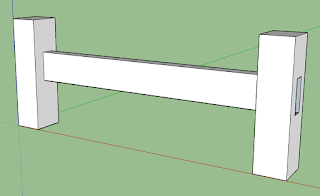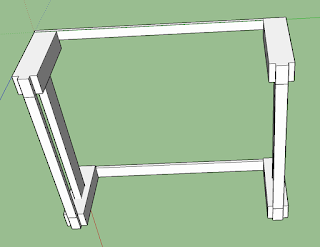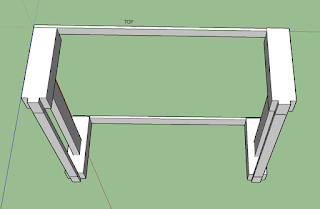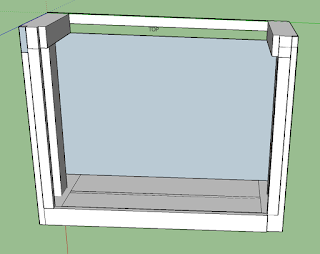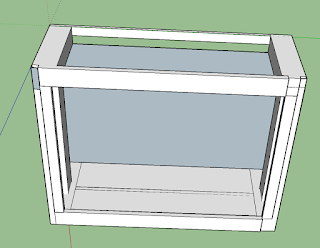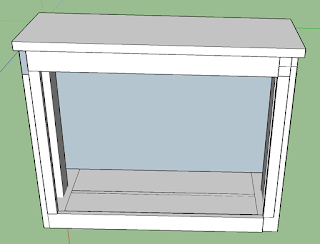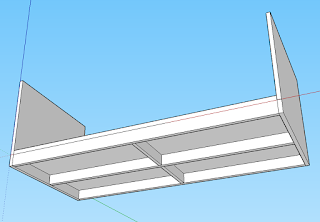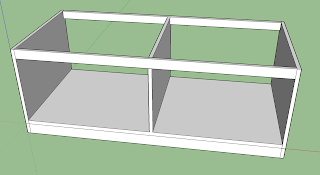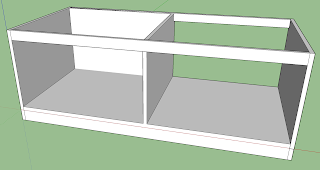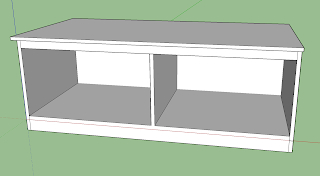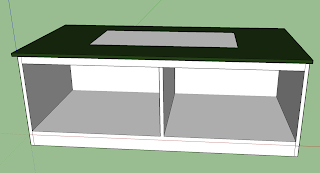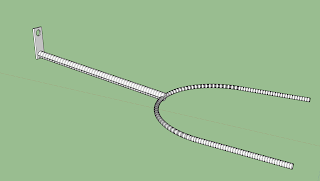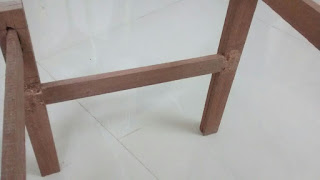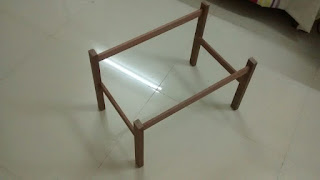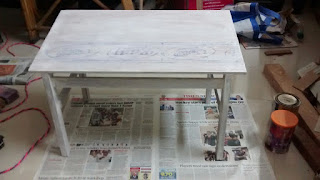How to motivate yourself for woodworking - DIY woodworking India
Hey all! Welcome to DIY woodworking India. Today, from my personal experience I can tell you, keeping yourself motivated is the "key" for anything you want to achieve. Now you may question me why do you want to do woodworking. The answer is not straightforward. Its not about woodworking. Its about everything you do, applicable to anything. Why do we read newspaper? To update ourselves about happenings around us and the world, isn't it? But we can live without it too. Choice is ours. Similarly, to develop a skill or to gain practical knowledge about something, you need to spend time with it. Take swimming for an example. Ok, now you will say - swimming is fine, but why woodworking? I will ask you - why some people collect postal stamp as a hobby?
Am I making some sense?
What motivates me to do woodworking? Sometime in mid 2013, I was going through a management blog - it was on marketing I believe. There it said, the world we are in today is all because of buying and selling. It asked everyone to build something - may it be a toy, craft and may be a writeup about something and then sell it. It also said about value addition to it. It all started from that point.
I remember, a cajon drum was in my mind. The average market price was almost INR10k at that moment.
At the beginning, I had to invest some money for tools required for woodworking. It costed me around INR 6-7k to buy a drill kit and a jig saw. I had to recover that money from the product I was going to build. The total expenses was around INR10k including plywood, adhesives and other miscellaneous things.
Finally, I started working on the cajon drum. From the plywood I had bought, 6 cajons would be born. I set the price at INR3.5k. Compared to 10k in the current market, 3.5k was a real cheap deal! When my first DIY cajon was born, I posted free ads in lot of places. I started getting calls, starting from serious musician to enthusiasts people. They came, tried it out, negotiated the price. At the end, one guy came who wanted to gift it to his musician brother. He gave me 3k!
That's it! I gave me immense motivation to build more of it and get a value out of it which people will like. I was really happy when people came to my house looking for the cajon drum and tried it out and praised me for the awesome bass the drum had! It was a great feeling. By the way, I did lot of research how to maximise the bass of the drum, trust me. Uncle Helmholtz helped me a lot!
Finally, I could sell 3 of them. Having recovered all the money, I started woodworking more seriously.
I build couple of beds out of wood - all foldable.
Then, a tea table, dining table, and puja ghar.
Finally, building my kitchen interiors.
Thanks for visiting us - DIY woodworking India.





